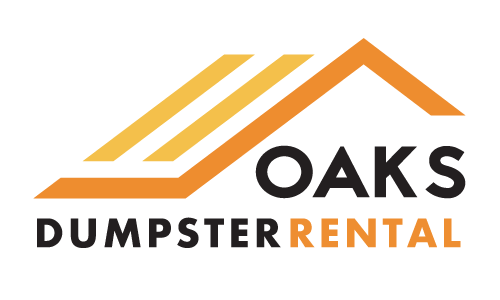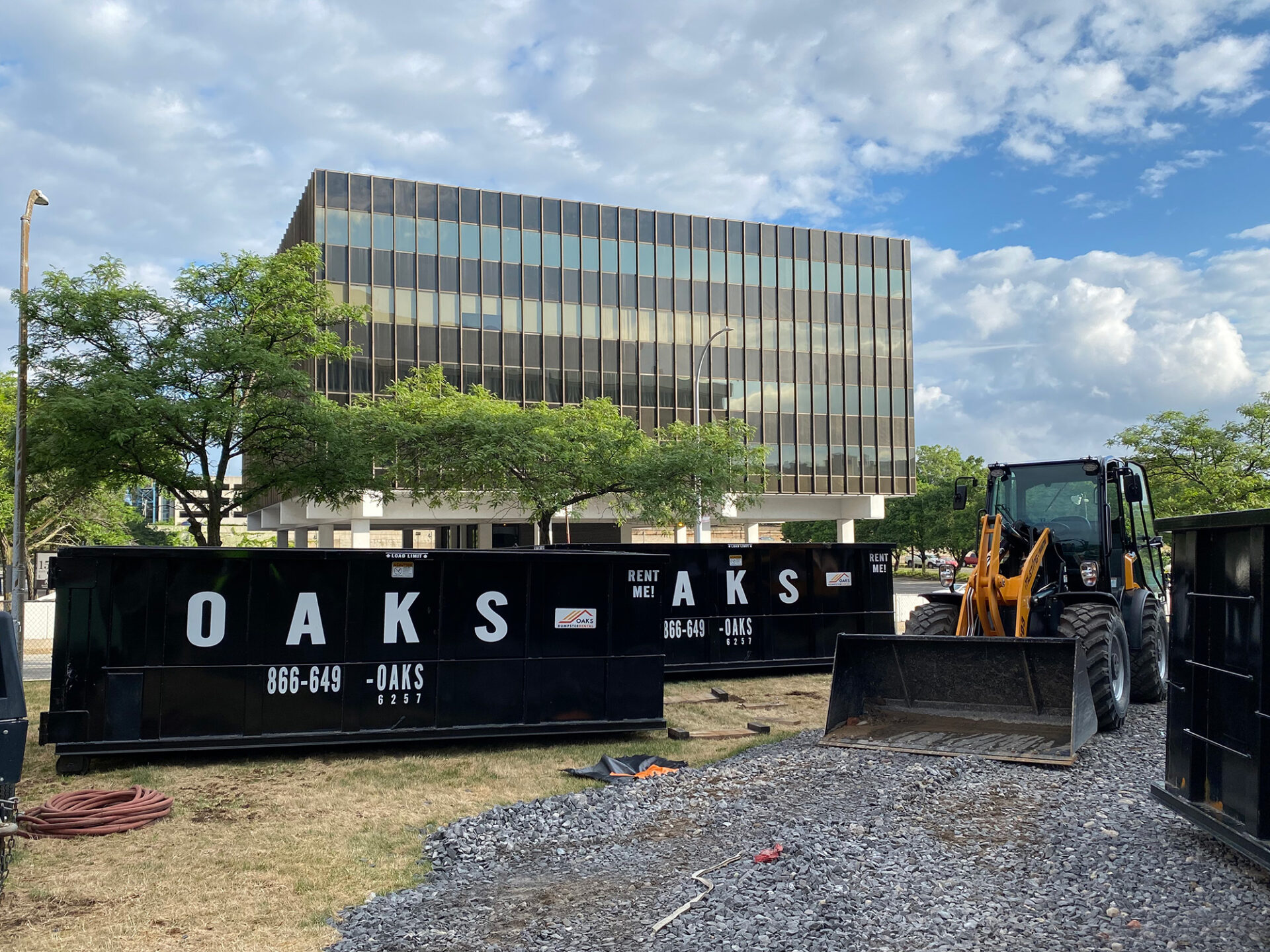What Is Construction Waste Management and Why Is It Important?
Construction is an industry that is always in demand. Every construction site, regardless of size, generates waste and debris that must be managed appropriately. Effective waste management is essential to the success of your project. Let’s take a look at what construction waste is, why waste management is important, and how to effectively manage construction waste on a job site.
Types of Construction Waste
Construction debris consists of any type of waste generated on a job site. It’s important to know the differences between non-hazardous and hazardous waste in order to effectively dispose of each. Improper construction waste disposal can pose health risks to workers, lead to fines on your job site, and create lifelong impacts on the surrounding environment.
Non-Hazardous Waste
Non-hazardous waste can be defined as any type of waste that is deemed unharmful for humans and the environment. Common types of non-hazardous construction waste can include:
- Concrete
- Brick
- Scrap wood
- Glass
- Plastic
- Plaster
- Certain insulations
- Uncontaminated soil
- Tiles
- Scrap metal
Non-hazardous waste parameters will vary state to state, so make sure to check your local Department of Environmental Conservation (DEC) website or office for specific construction waste materials. In addition, some non-hazardous materials can be recycled, so it’s a priority for job site teams to separate recyclable waste materials from general waste.
Hazardous Waste
Hazardous waste is materials that are deemed to be hazardous to humans and the environment. Examples of hazardous waste generated on a job site can include, but are not limited to:
- Used oil (such as motor and hydraulic oil)
- Contaminated soil
- Paint and paint thinners
- Plasterboard
- Asbestos containing materials
- Lead containing materials
- Fluorescent bulbs
- Aerosol cans
- Mercury
- Solvents
Any materials that are flammable, corrosive, reactive and toxic fall under the hazardous waste category. “Universal wastes”, which are considered hazardous materials that can be recycled, are not confined to the same restrictions as the waste listed above. These include batteries, pesticides, thermostats and lamps. It’s the responsibility of the job site team handling the project to ensure hazardous construction waste is properly disposed of and separated from non-hazardous waste materials.
Why Is Waste Management Important on a Construction Site?
Effective waste management is critical on any construction site. Some of the most important reasons it needs to be a priority for construction crews include:
- Safety: Debris that isn’t correctly discarded can create health and safety hazards for everyone on the site.
- Legalities: Certain items have legal requirements for disposal. If found discarded improperly, censures and fines can result.
- Environmental protection: Proper waste management extends the life of landfills and reduces pollution in stormwater drainage and the surrounding soil on job sites.
- Recycle purposes: Reduced waste lessens the impact on the environment, and recycling materials minimizes the need for additional resources.
- Efficiency: Proper waste disposal streamlines collection and disposal processes instead of needing to separate materials after the fact, potentially contaminating non-hazardous and recyclable materials.
How to Manage Construction Waste on Your Site
Creating a waste management plan is the first step to successful waste management on your job site. The plan should include predicted sources of waste; designated areas for waste, recycling, and compost; and a reference list of materials that can be recycled.
Once your plan is in place, it’s time to find a waste disposal company to provide containers for the site. Oaks Dumpster Rental offers several dumpster sizes and flexible scheduling to ensure your dumpster is emptied when necessary. We’ll work with you to determine what dumpster size you need for your job.
Ensure the area for your roll-off dumpster is clear of obstacles. The site should be strategically placed to reduce any negative impact on workflow. Provide clear signage for your workers indicating the dumpster location and position to minimize the risk of accidents. Designate specific pathways to guide workers and machinery to the area.
Load the bin with larger debris at the bottom and fill in the gaps with other waste when possible. This helps keep the dumpster balanced for safe loading and unloading. Before you begin using your construction site dumpster, educate workers on the appropriate disposal of debris, chemicals, and recycling.
Book Your Commercial Dumpster Today
Contracting with a reliable dumpster rental company, like Oaks Dumpster Rental, is key to effective construction site waste management. We drop off and pick up your dumpster on time, every time. Contact us today to discuss dumpster size options and pricing for your job.

